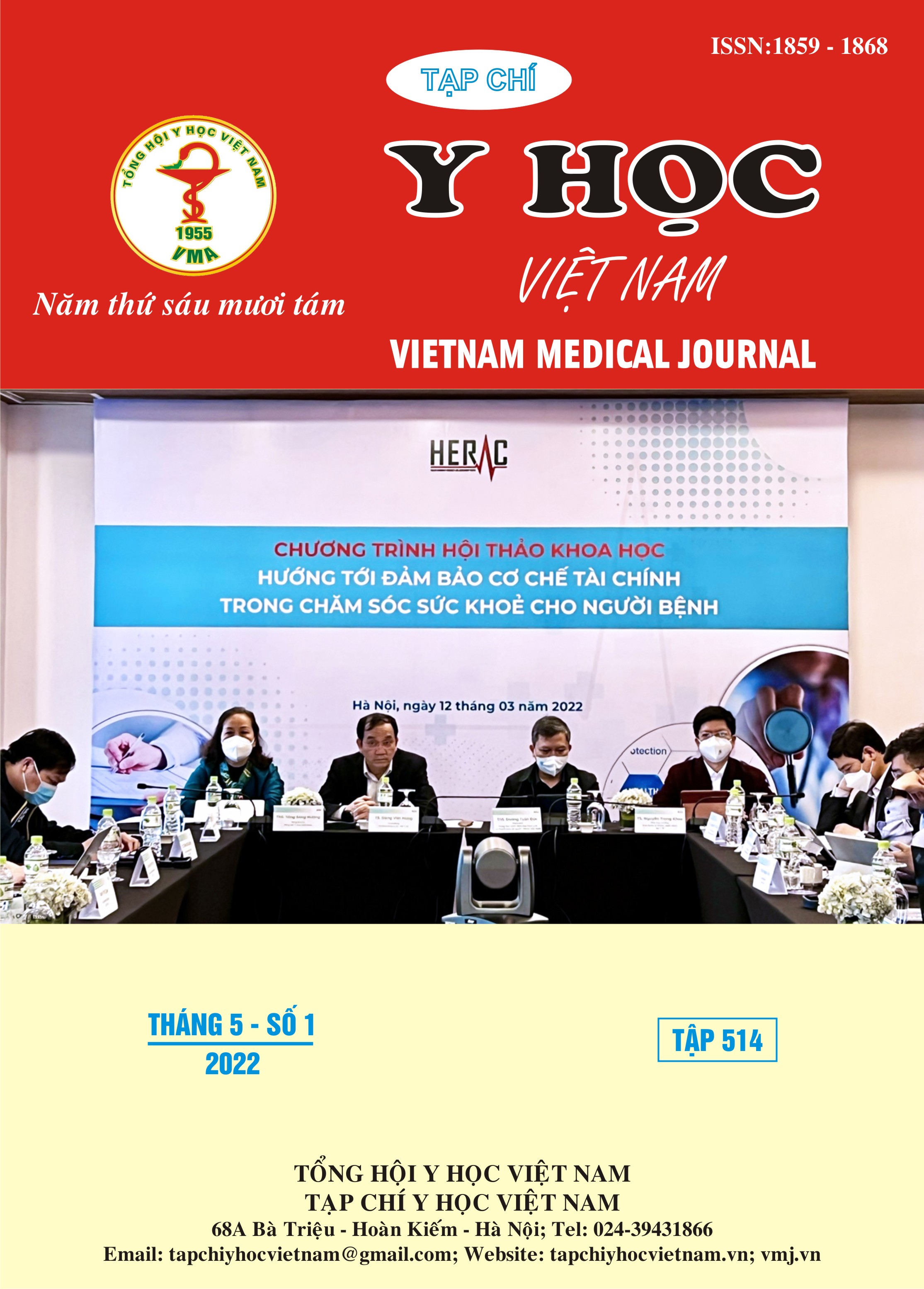STUDY ON CHARACTERISTICS OF SEMEN ANALYSIS AND BMI OF MAN PATIENTS AT THE HOSPITAL OF HANOI MEDICAL UNIVERSITY
Main Article Content
Abstract
Nowadays, the quality of human sperm has declined in the last decade. Many evidences have demonstrated a contribution of obesity to this trend. Therefore, to evaluate the influence of BMI on semen parameters of men in Vietnam, we conducted a study: Study on characteristics of semen analysis and BMI of man patients at the hospital of Ha Noi medical university”. The study results showed that: the average age of the study group was 28.8 ± 6.22 years old, the average BMI of the study group was 22.92 ± 2.78 kg/m2. Up to 27.1% of subjects were overweight and 20.39% of men were obese. BMI is inversely proportional to sperm volume and density, the higher the BMI, the lower the sperm volume and density. On the multivariable linear regression model, BMI and smoking are associated with sperm density with the formula: MTTT = -1.29 x BMI - 0.74 (pack/year) + 110.85. Obesity is 2.08 times more likely to have impaired sperm quality. Conclusion: overweight, obesity, smoking affect semen parameters in men. Therefore, counseling patients to give up smoking, lose weight, and optimize BMI is essential.
Article Details
Keywords
overweight, obesity, BMI, semen analysis
References
2. Jensen, T.K., et al., Body mass index in relation to semen quality and reproductive hormonesamong 1,558 Danish men. Fertility and sterility, 2004. 82(4): p. 863-870.
3. Najafi, M., et al., Diminished fertility in men with increased BMI. 2011.
4. Eisenberg, M.L., et al., Diabetes, medical comorbidities and couple fecundity. Human Reproduction, 2016. 31(10): p. 2369-2376.
5. Quỳnh, T.T.N. and C.N. Thành, Hội chứng chuyển hóa ở nam giới các cặp vợ chồng vô sinh. Tạp chí Phụ sản, 2019. 16(4): p. 115-123.
6. Gallagher, D., et al., Healthy percentage body fat ranges: an approach for developing guidelines based on body mass index. The American journal of clinical nutrition, 2000. 72(3): p. 694-701.
7. lạc, L.D. and N.V. Chinh, Tỷ lệ béo phì ở người dân thành phố Thủ Dầu một theo phân loại BMI của WHO và theo tiên đoán tỷ leejk chất béo của Gallagher Nghiên cứu khoa học, 2017. 37.
8. Hammoud, A.O., et al., Male obesity and alteration in sperm parameters. Fertility and sterility, 2008. 90(6): p. 2222-2225.
9. Kort, H.I., et al., Impact of body mass index values on sperm quantity and quality. Journal of andrology, 2006. 27(3): p. 450-452.


